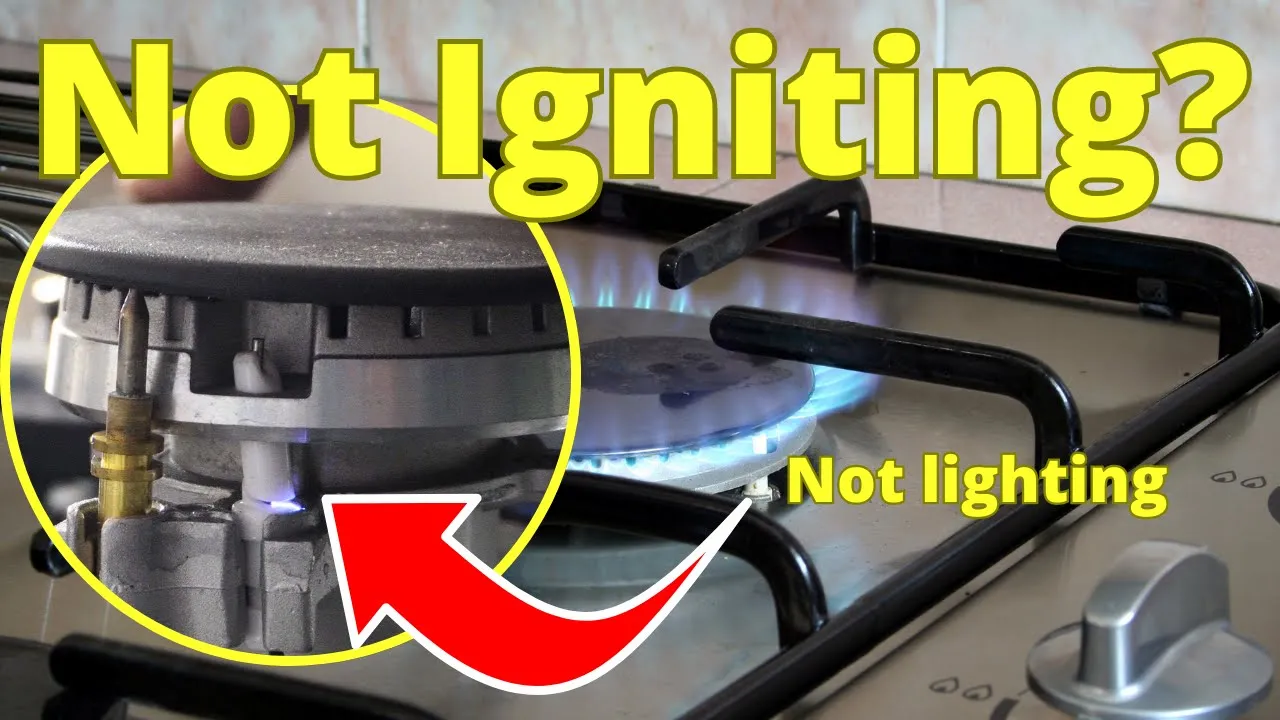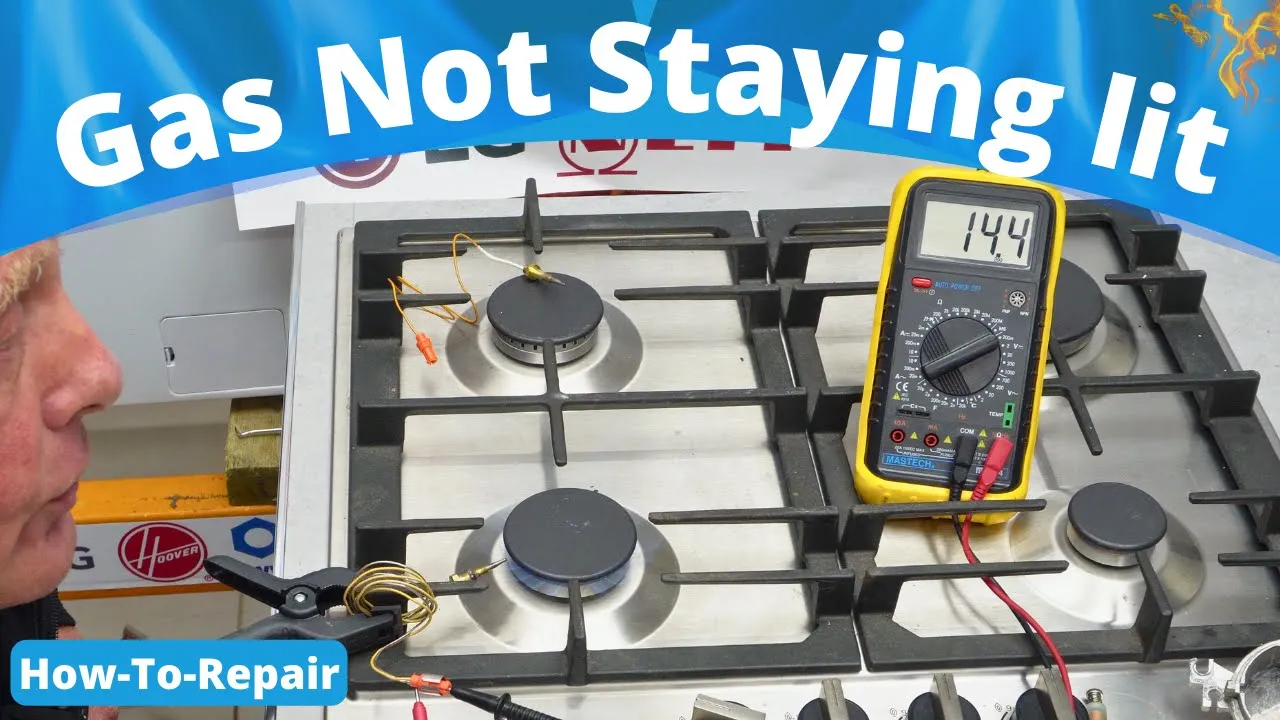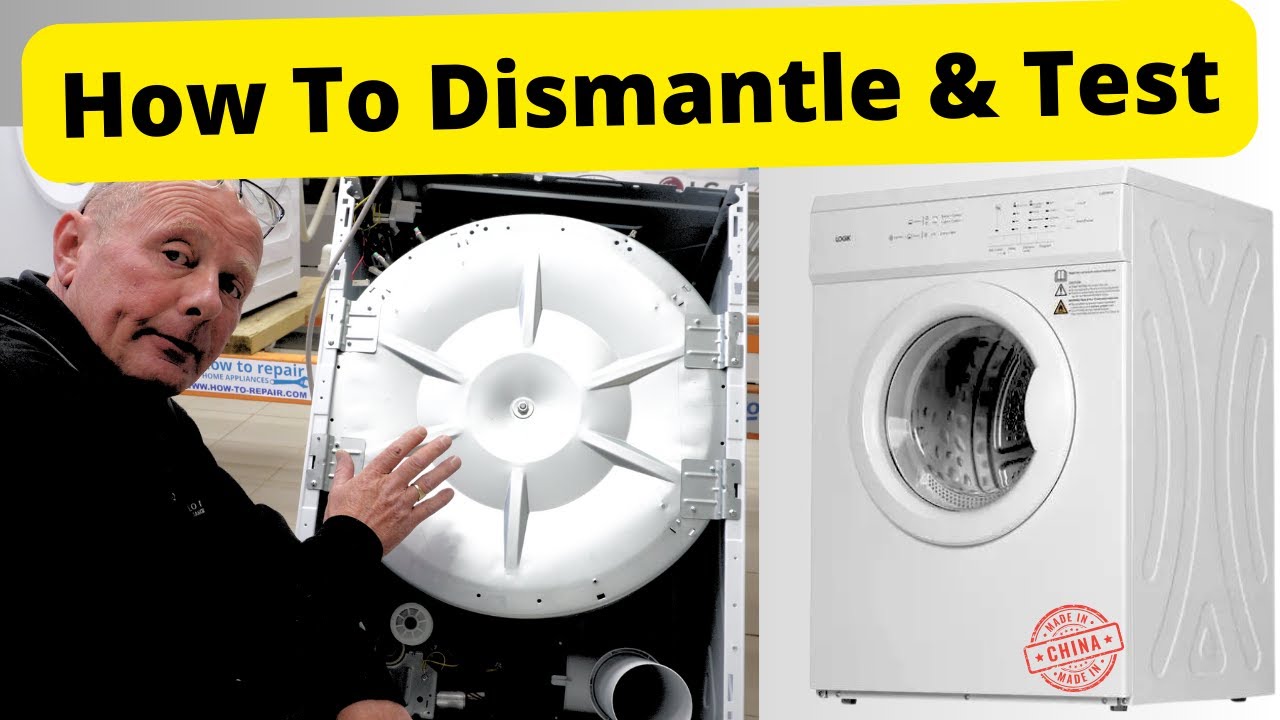Is Your Washing Machine Tripping Electricity? Fix Intermittent Electrical Problems Now!
Is Your Washing Machine Going Crazy? Fix Intermittent Electrical Problems!
Is your washer acting up with random shutdowns, wonky spinning, or refusing to drain?
In this repair guide, we will tackle the most common intermittent electrical problems in washing machines, including:
- Faulty Circuit Board Issues: Intermittent control panel
- Unstable Power Supply: Intermittent power
- Inconsistent Spinning Cycles: Intermittent, wash or spin
- Erratic Draining Problems: Intermittent emptying
- Random Stopping and Starting: Intermittent door lock
Although our aim is to guide you through the intermittent electric faults and address common errors to assist with any future issues in this guide, we would recommend you watch the whole video to learn each step in detail.
Additionally, you can visit our web store to buy genuine spare parts: https://shop.how-to-repair.com/collections/washing-machine-parts
Safety First!
- Unplug your washing machine before starting work.
- Organize screws and parts meticulously to avoid confusion during reassembly.
Washing Machine Intermittent Power
One of the most common issues users face is a lack of power or no illumination on the display of their washing machine. This is often due to an electrical interruption before reaching the circuit board. To diagnose this, start by checking the electrical suppressor or filter at the back of the machine, which connects to your household plug. Ensure there's a proper voltage supply to this point.
Different washing machines have various control board configurations, and diagnosing and repairing them require specific expertise. That's why, we would recommend you watch the whole video to learn how to solve your problem in detail.
Using a multimeter with continuity, you can test the electrical flow through the suppressor/filter, confirming that power is reaching it. However, it again requires specific expertise so please watch our video: https://www.youtube.com/watch?v=Q8ZJiUyR3ss&ab_channel=how-2-repair.com
Intermittent Fault, PCB (Printed Circuit Board)
Washing machines typically feature three or four different types of control boards. Some models have a single control board that manages all functions, while others may utilize a separate display card controlled by the program board.
Additionally, there are power module boards designed specifically for motor control, regardless of whether the machine has a brush motor or a three-phase inverter motor.
These various control boards can encounter issues, such as damaged tracks, solder connections, or faulty components like diodes, resistors, and relays.
It's essential to inspect both sides of the circuit board for potential faults, including burnt areas or faulty link switches. However, addressing these issues in detail would require expert skills, which you can learn from our video.
Intermittent Start Door Lock
A common issue frequently reported to us involves the circuit board illuminating and program settings being accessible, yet when the start button is pressed, nothing happens, or a clicking sound is heard but the machine doesn't start.
This often indicates a door lock fault, which is among the most common issues across all washing machines. The door interlock, typically connected with three or four wires, verifies that the door is securely closed before initiating the washing process. Additionally, it may include a heat sink to keep the door locked for safety, even if the power is interrupted.
When troubleshooting, check not only the door lock but also the wiring connecting it to the circuit board. Different manufacturers may experience varying issues over time, such as LG facing problems with error codes like "DE" often caused by a faulty door lock.
Similarly, other brands might encounter issues with wiring harnesses leading to bad connections or even blown components on the circuit board. If your machine isn't starting despite the display functioning, inspect the door lock and associated wiring for potential faults.
Intermittent Washing, Spinning and Draining
Another common question we frequently receive is about machines failing to empty or spin, or experiencing intermittent faults. During a typical wash cycle, clothes are agitated in both directions before proceeding to rinses and spin cycles. If the machine fails to empty water within the allocated time, spinning halts. This issue may stem from pump problems or blockages.
In older machines, if spinning is affected, checking carbon brushes is advisable, as they wear out over time. These brushes contribute to the motor's operation, which consists of multiple windings that controls RPM, transmitting data to the circuit board. In modern machines, inverter motors are prevalent, featuring a lighter design with reduced copper content. They utilize a three-phase motor system controlled by circuit boards, which adjust power output to regulate RPM during spin cycles.
While direct drive motors, used by brands like LG and Samsung, are robust, issues such as magnet breakage or hall sensor failure may occur. However, circuit board faults, particularly in control cards driving motors, can lead to intermittent spinning or washing issues. It's crucial to inspect drive cards for dry joints, especially in three-phase inverter motor systems, where failures are more common.
Washing Machine Faulty Wiring, Intermittent Control Board Faults
Intermittent electrical circuit faults often stem from metal fatigue within wires. The constant movement of the machine can cause internal wire breaks. Therefore, it's essential to conduct a continuity check from the wire connected to components like heating elements or sensors back to the circuit board. This ensures that the wire maintains continuity. By manipulating the wires, you can identify broken circuits, as movement may disrupt continuity.
On the other hand, when dealing with intermittent faults, it's crucial to ensure that all pin connections to the circuit board are intact. While testing an encapsulated circuit board can be challenging, other circuit boards may exhibit dry joints, where solder separates from the board or components. Our advise for you to remove the circuit board from its housing to inspect for dry joints along the tracks. You should remember that, resoldering these joints can potentially salvage your machine.
Intermittent Filling or Draining
If you're experiencing intermittent issues with the fill or empty system, consider checking out this supplementary video: https://www.youtube.com/watch?v=0MCJSnLArKE&t=0s
For example, if your machine has intermittent emptying problems, it could be due to simple blockages like baby clothing or damaged impellers. Similarly, intermittent filling problems may arise from issues with the water supply or damage to connecting pipes.
If you find this repair guide helpful, please don't forget to support our youtube by subscribing, our website by purchasing parts or contributing to our "Buy Paul a Beer" page.
Related Video: https://www.youtube.com/watch?v=0MCJSnLArKE
Complete Playlist on Washing Machine Repairs: https://www.youtube.com/playlist?list=PLnAHZbSarsyHLR4x9XPIS-ZEsheufxm9Y
-
Bosch, Neff, Siemens Tumble dryer intermittent fault starts and stops afer a while or does not start
-
Fix Blomberg WAF 7320A washing machine with faulty capacitors
-
How to replace washing machine carbon brushes on Hoover, Candy, Iberna, Teka, Otsein & Zerowatt.
-
How to replace washing machine carbon brushes Bosch Balay Neff Siemens
-
Washing machine pressure switch, how to fit, replace and Diagnose the fault related to it





























